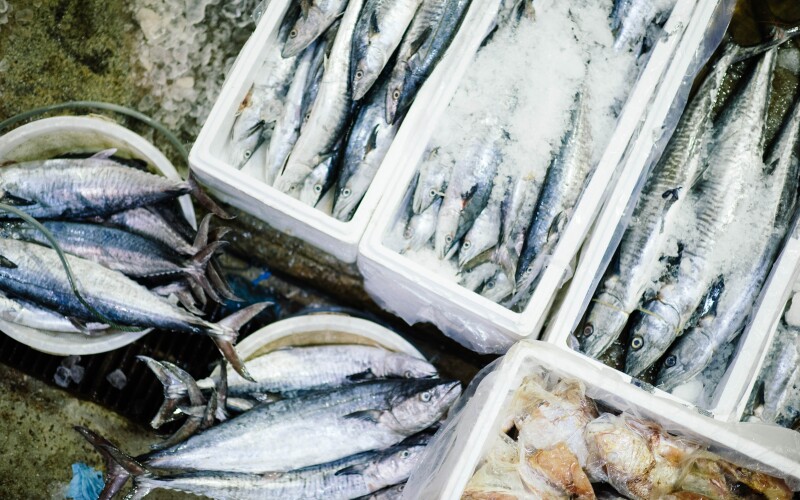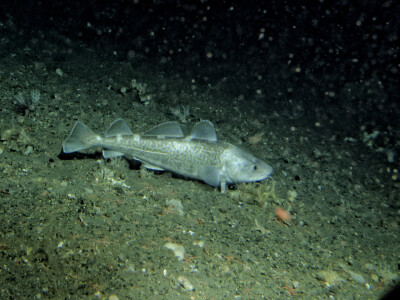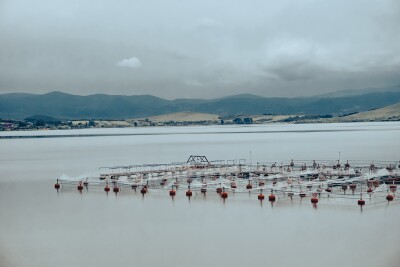The National Oceanic and Atmospheric Administration (NOAA) released an extensive five-year plan to prioritize and promote the country’s commercial fishing industry last Wednesday called the National Seafood Strategy. NOAA claims that the plan will outline the direction of the United States seafood sector as well as complement other federal policies that are already in place. This is the first time NOAA has released an overall strategy aimed at addressing commercial fishing industry needs.
This strategy will outline their direction over the next five years for supporting a thriving domestic U.S. seafood economy and will enhance the resilience of the seafood sector in the face of climate change and other stressors.
NOAA’s vision will ensure:
- U.S. seafood continues to be produced sustainably.
- The U.S. seafood sector contributes to the nation’s climate-ready food production and to meeting critical domestic nutritional needs
- U.S. seafood production increases to support jobs, the economy, and the competitiveness of the U.S. seafood sector
- Supply chains and infrastructure are modernized with more value-added activity in the United States
- Opportunities are expanded for a diverse and growing seafood workforce
NOAA shares, “The National Seafood Strategy supports the growing importance of seafood in meeting global needs and recognizes the unprecedented challenges faced by the U.S. seafood sector.” As well as shares the strategy drivers within the plan, such as, seafood is good for people, seafood is good for the economy, and seafood is good for the planet—the U.S. harvests 10 billion pounds of seafood annually with a dockside value of $6.3 billion. In our country alone, the seafood industry supports 1.2 million jobs and generates $165 billion in sales.
To implement the initial strategy, NOAA plans on partnering with state, tribal, and other federal agencies, the National Sea Grant College Program, Regional Fisheries Management Councils, Interstate Commissions, academia, non-government organizations, harvesters, seafood farmers, and other partners or stakeholders to address the challenged facing the seafood sector, mainly when resources are limited.
According to NOAA’s first goal in the strategy, they plan on maintaining or increasing sustainable U.S. wild capture production. This will evaluate changes in ocean conditions that disrupt marine resources, such as heat waves and damaging storms. These events directly affect fishing opportunities, the production of seafood, and fishing to support local dietary needs, cultural traditions, and tribal treaty rights. New ocean uses and advances in sampling technologies and modernization call for an evolution in science and management frameworks for a climate-ready seafood sector, according to NOAA.
Goal two of the strategy includes increasing sustainable U.S. aquaculture production. According to NOAA, one effective way to significantly increase domestic seafood production is through aquaculture farms. To support the appropriate growth of the U.S. aquaculture industry will depend on efficient, strategic, and science-based regulatory approaches that mitigate the impact on protected resources, essential fish habitats, and marine ecosystems.
Goal three is to foster access to domestic and global markets for the U.S. seafood industry. This will push for a thriving domestic seafood industry capable of competing nationally and internationally. This will include decreasing our reliance on foreign fisheries at a greater risk for overfishing, IUU fishing, and forced labor.
Lastly, goal four is strengthening the entire U.S. seafood sector. COVID-19 market disruptions, climate change, and new ocean uses have highlighted systemic challenges to the U.S. seafood industry and shown the importance of supporting the entire seafood and fisheries value chain.
NOAA’s implementation plan will be informed by public comment and specific actions, timelines, partnerships, and milestones. Read more about NOAA’s National Seafood Strategy.







